#bison bison bison
Explore tagged Tumblr posts
Text










Plains Bison | Bryan Maynes
#photo#bovidae#bovinae#bison#bison bison#bison bison bison#american bison#plains bison#juvenile#parental care
14K notes
·
View notes
Video
Mr. Big - Plains Bison by Georgie Alexon Via Flickr: Both male and female bison have horns beginning around two years old. They then have a stage called a "spike-horn," where the horns develop at a 45-degree angle. This lasts until they are around four years old. Horns start black but turn grey as the buffalo ages. Adult horns curve upward, and the tips start to become blunted and shorter after about age eight. This photo was taken in Elk Island Provincial Park, in Alberta, Canada. - Bison bison bison
#animals#bison#buffalo#wildlife#nature#countryside#canon#eos#wildflowers#forest#colours#yellow#green#white#trees#summer#Bison bison bison#wild#Bovidae#Alberta#Canada#national park#day#flickr
67 notes
·
View notes
Text
I don't think I've seen anybody talk about how absolutely insane The Boiling Rock is from Hakoda's perspective.
Imagine getting captured, and your son tells you that you won't be apart for too long. That's sweet, but obviously your son has no resources to spare for organizing a breakout. You hope that the Avatar can defeat the Fire Lord soon - that's the earliest time you could hope to be rescued.
You get put into a temporary holding facility until the guards can sort out who is who. After a while, they put you on a prisoner transport to the Boiling Rock. Your captors try to intimidate you by telling you that it's the highest security prison in the Fire Nation, probably the whole world. It's far away from the capital.
You arrive at the Boiling Rock. It really is in the middle of a boiling lake. There's only one way in or out, and it's a gondola that takes you above the boiling lake. You meet the warden. They take you to your cell. You settle down to wait for the end of the war.
And 15 minutes later Sokka comes in like "hey dad I'm here I got the prince of the Fire Nation and an Earth Kingdom ninja leader gf ok let's go I'm busting you out"
#“oh right i forgot that you have a flying bison”#“no dad we left appa at the camp.”#atla#atla sokka#atla hakoda#sokka#hakoda#avatar the last airbender#atla crack#the boiling rock
40K notes
·
View notes
Text
"A tribal-led nonprofit is creating a network of native bison ranchers that are restoring ecosystems on the Great Plains, restoring native ranchers’ connections with their ancestral land, and restoring the native diet that their ancestors relied on.
Called the Tanka Fund, they coordinate donors and partners to help ranchers secure grazing land access, funds needed to install and repair fencing, increase their herd sizes, and access markets for bison meat across the country.
That’s the human part of the story. But as Dawn Sherman, executive director of the Tanka Fund, told Native Sun News, they’re “buffalo people” and these four-legged, 2,000 lbs. “cousins” are equal-part-protagonists.
The return of the bison means the return of the prairie, one of the three great grassland ecosystems on the planet, of which just 1% remains as it was when the Mayflower arrived.
“Bringing buffalo back to their ancestral homelands is essential to restoring the ecosystem. We know that the buffalo is a keystone species,” said Dawn Sherman, a member of the Lakota, Delaware, Shawnee, and Cree.
“Bringing the buffalo back to the land and to our people, helps restore the ecosystem and everything it supports from the animals to the plants to the people. It’s come full circle. That’s how we see it.”
As Sherman and the Tanka Fund help native ranchers grow their operations, everyone is well aware of the power of the bison to transform the environment: just as nations across Europe are, who are reintroducing wood bison to various ecosystems, for all the same reasons.
Sherman points out the variety of ways in which buffalo anchor the prairie ecosystem. The almost-extinct black-footed ferret, she points out, lived symbiotically with the bison, and with the latter gone, the former followed—nearly.
The long-billed curlew uses bison dung as a disguise to hide nests from predators. Deer, pronghorn antelope, and elk all rely on bison to plow through deep snows and uncover the grasses that these smaller animals can’t reach.
Everywhere the bison hurls its massive body, life springs in the beast’s wake. When bison roll about on the plains, it creates depressions known as wallows. These fill with rainwater and create enormous puddles where amphibians and insects thrive and reproduce. Certain plants evolved to grow in the wet conditions of the wallows which Native Americans harvested for food and medicine.
Native plants evolved under the trampling hooves of millions of bison, and that constant tamping down of the Earth is a key necessity in the spreading of native wildflower seed.
Indeed, Sherman says some of these native ranchers are bringing bison onto lands still visibly affected by the Dust Bowl, and already the animals are acting like a giant wooly cure-all for the land’s ills.
Since 2020, the Tanka Fund, in partnership with the Inter-Tribal Buffalo Council and the Nature Conservancy, has overseen the transfer of 2,300 bison from Nature Conservancy reserves to lands managed by ranchers within the Tanka Fund network.
“[T]he more animals that we can get the more of that prairie we can restore,” said Sherman. “We can help restore the land that has been plowed and has been leased out to cattle ranchers.”"
youtube
-Article via Good News Network, February 13, 2025. Video via Tanka Fund, July 17, 2024.
#indigenous#indigenous peoples#first nations#native americans#bison#ecology#ecosystem#ecosystem restoration#keystone species#endangered species#environment#prairie#great plains#land back#good news#hope#Youtube
15K notes
·
View notes
Text
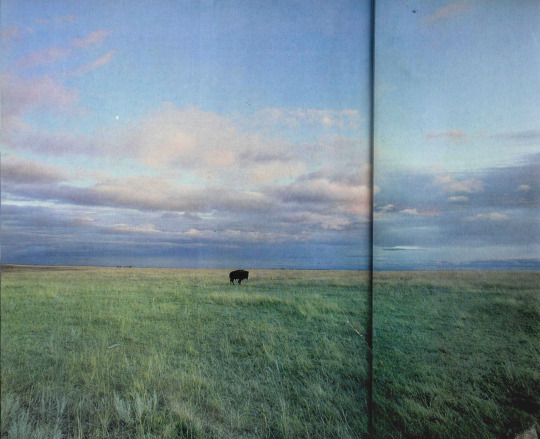
American bison By: S. Wilson From: Wild, Wild World of Animals: Wild Herds 1977
7K notes
·
View notes
Text
Atla-fauna appreciation post
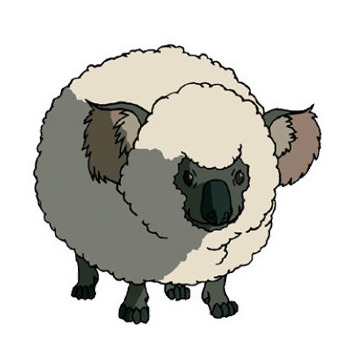





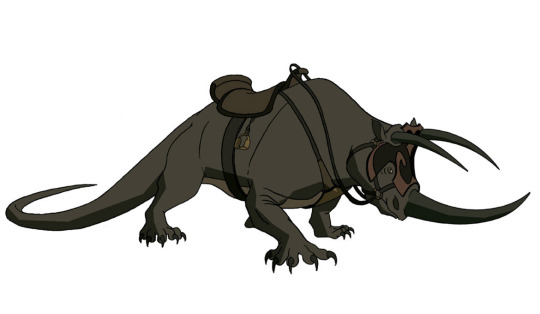

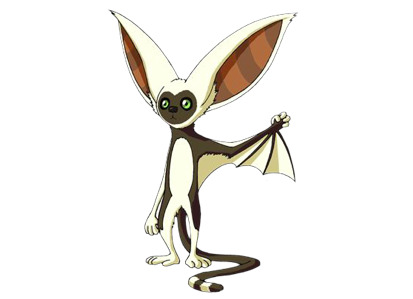

I just love them all.
(This post has no point. I just want a collection of ATLA animals on my blog…)
#atla#avatar the last airbender#atla fauna#koala sheep#rabbiroo#platypus bear#otter penguin#badgermole#turtle seal#komodorhino#sky bison#appa#lemur#momo#turtle duck#turtle duckling#official art
6K notes
·
View notes
Text

lets stand on mama
4K notes
·
View notes
Text

Charging forward.
[ID: an illustration of a bison running to the right on a grassy field. There are blue mountains in the background, and a cloudy sky. End.]
4K notes
·
View notes
Text




8K notes
·
View notes
Text
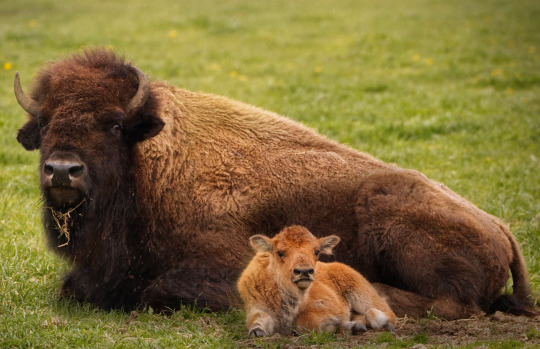
resting on the grass with mama
Photo by Dallas Penner.
3K notes
·
View notes
Text

Plains Bison | Luz Hernandez Kroll
#photo#bovidae#bovinae#bison#bison bison#bison bison bison#american bison#plains bison#juvenile#parental care
377 notes
·
View notes
Text


The Ruin and Renewal
#American Bison#Bison#I could talk about the symbolism of the bison in america for ages but I'll just draw some pictures instead#Seeing a huge herd in the Tetons was a very moving experience
5K notes
·
View notes
Text

Protect Trans kids
#bison#american bison#buffalo#americam buffalo#bovine#baby animals#my art#my artwork#art#digital art#digital drawing#digital illustration#digital artist#trans#protect trans kids#protect trans lives#protect trans youth#trans pride#queer artist#trans artist
3K notes
·
View notes
Text
"On a freezing cold Wednesday afternoon in eastern Kentucky, Taysha DeVaughan joined a small gathering at the foot of a reclaimed strip mine to celebrate a homecoming. “It’s a return of an ancestor,” DeVaughan said. “It’s a return of a relative.”
That relative was the land they stood on, part of a tract slated for a federal penitentiary that many in the crowd consider another injustice in a region riddled with them. The mine shut down years ago, but the site, near the town of Roxana, still bears the scars of extraction.
DeVaughan, an enrolled member of the Comanche Nation, joined some two dozen people on January 22 to celebrate the Appalachian Rekindling Project buying 63 acres within the prison’s footprint.
“What we’re here to do is to protect her and to give her a voice,” DeVaughan said. “She’s been through mountaintop removal. She’s been blown up, she’s been scraped up, she’s been hurt.”
The Appalachian Rekindling Project, which she helped found last year, wants to rewild the site with bison and native flora and fauna, open it to intertribal gatherings, and, it hopes, stop the prison.
The environmental justice organization worked with a coalition of local nonprofits, including Build Community Not Prisons and the Institute to End Mass Incarceration, to raise $160,000 to buy the plot from a family who owned the land generationally.
Retired truck driver Wayne Whitaker, who owns neighboring land and had considered purchasing it as a hunting ground, told Grist he was supportive. “There’s nothing positive we’ll get out of this prison,” he said.
The penitentiary has been a gleam in the eye of state and local officials and the Bureau of Prisons since 2006. It has always sparked sharp divisions in Roxana and beyond and was killed in 2019 after a series of lawsuits, only to be quietly resurrected in 2022. Last fall, the bureau took the final step in its approval process, clearing the way to begin buying land...
In his book Coal, Cages, Crisis, Schept noted that mine sites are considered ideal locations for prisons or a dumping ground for waste, rather than places of ecological value, as some biologists have argued. The Roxana site has been reclaimed, meaning re-vegetated with a forest that now shelters a number of rare species, including endangered bats.
Opponents argue that a prison will bring more environmental problems than jobs. Letcher County was 1 of 13 counties ravaged by catastrophic flooding in 2022, a situation exacerbated by damage strip mining caused to local watersheds. The prison slated for Roxana will exacerbate the problem.
The Bureau of Prisons estimates it will damage 6,290 feet of streams and about 2 acres of wetlands. (The agency has promised to compensate the state.)
DeVaughan said the purchase also is a step toward rectifying the dispossession that began with the forced removal and genocide of Indigenous peoples. The Cherokee, Shawnee, and Yuchi made their homes in the area before, during, and after colonization, and their thriving nations raised crops, ran businesses, and hunted bison that once roamed Appalachia.
In all the time since, coal, timber, gas, and landholding companies have at times owned almost half of the land in 80 counties stretching from West Virginia to Alabama. Several prisons sprang from deals made with coal companies, something many locals consider the continuation of this status quo.
Changing that dynamic is a priority for the Appalachian Rekindling Project, which hoped to buy more land to protect it from extractive industries and return its stewardship to Indigenous and local communities. DeVaughn said Indigenous peoples throughout the region will be welcome to use the land as a gathering place...
DeVaughan sees its work establishing a new vision of economic transition for coalfields, one that relies less on “dollars and numbers” and more on “healing and restoration” of the land and the Indigenous and other communities that live there.
She is working with some personal connections in the Cheyenne and Arapaho nations to acquire a herd of bison and plans to work with local volunteers, scientists, and students to inventory the site’s flora and fauna."
-via GoodGoodGood, February 6, 2025
#kentucky#united states#indigenous#first nations#comanche#north america#land back#rewilding#indigenous activism#conservation#prison abolition#bison#forest#good news#hope
2K notes
·
View notes